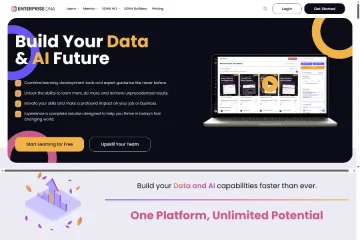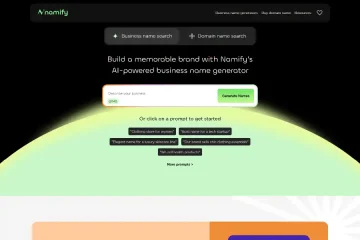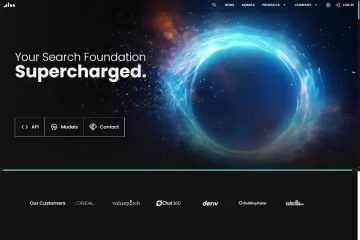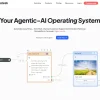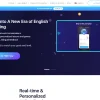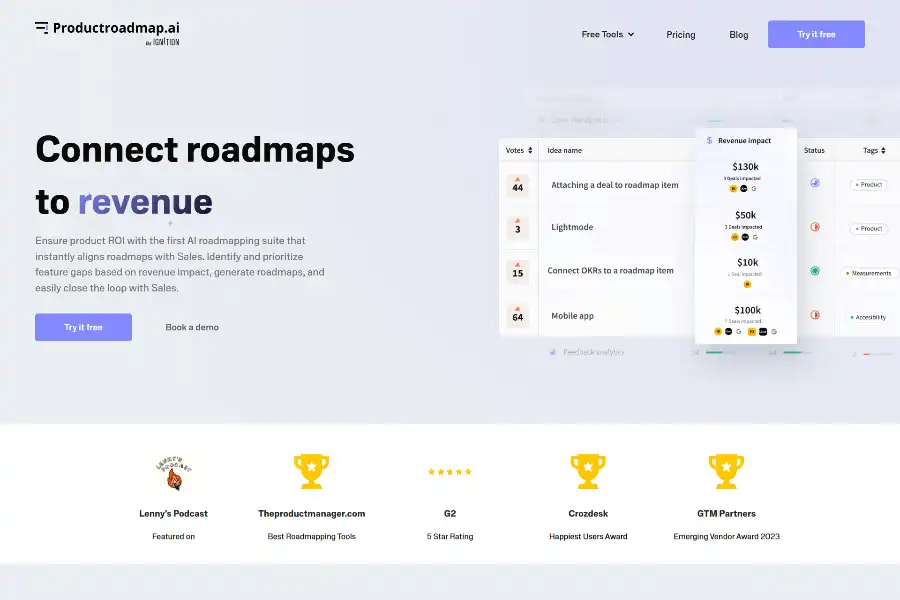
Skyrocket Product-Led Growth: 7 Powerful Ways ProductRoadmap.ai Turns Roadmaps into Revenue Machines
Introduction: Why Every Revenue-First Team Is Talking About ProductRoadmap.ai
In a SaaS landscape where 42 % of product launches fail to meet revenue targets (GTM Partners 2023), ProductRoadmap.ai arrives as the first AI-native roadmapping suite that hard-codes revenue impact into every prioritization decision. Featured on Lenny’s Podcast and crowned “Emerging Vendor of the Year 2023” by GTM Partners, the platform has already helped customers cut annual SaaS spend by over $200 k while boosting feature adoption 120 %. This deep-dive analysis unpacks the technology, use-cases, and SEO-friendly positioning that make ProductRoadmap.ai the must-explore tool for product, marketing, and sales leaders who refuse to ship features that do not move ARR.
Technical Architecture: How the AI Engine Works Under the Hood
ProductRoadmap.ai is built on three tightly-coupled layers:
Data Ingestion & Normalization Layer
OAuth-based connectors pull live data from Salesforce, HubSpot, Zendesk, Intercom, Gong, and 40+ other CRM and support platforms every 60 seconds. A proprietary ETL normalizes deal stages, ACV values, churn reasons, and conversation transcripts into a unified schema optimized for vector search.
Revenue-Aware NLP & Theme Extraction Layer
Using fine-tuned transformer models (similar to GPT-4-turbo but optimized for revenue terminology), the engine classifies every customer utterance into gap types—missing integration, performance blocker, pricing objection, or competitive threat. Each gap is weighted by the aggregate ACV of open deals mentioning it, creating a “Revenue at Risk” score.
Adaptive Prioritization & Alert Engine Layer
A reinforcement-learning loop continuously re-ranks the roadmap based on shifting pipeline data. When a feature ships, the system auto-generates contextual snippets for sales reps and triggers in-app alerts inside Salesforce, Slack, and Microsoft Teams, cutting the average deal-stall time by 38 % according to early-access users.
Core Feature Stack: From Insight to Impact in Four Clicks
Deal-Blocking Gap Detection
Instead of manually tagging 1,000+ Gong calls, product managers click “Analyze” and receive a Kanban column of gaps sorted by potential revenue recovery. Each card shows the exact dollar amount at risk and the top three customer quotes driving urgency.
Revenue-Based Roadmap Prioritization
Drag-and-drop prioritization is replaced by a live heat-map that overlays expected ARR, engineering effort, and customer sentiment. A Monte Carlo simulator visualizes 90 % confidence intervals for revenue lift, eliminating HiPPO debates.
One-Click Go-to-Market Plans
Once a feature is green-lit, the platform spins up launch checklists, competitive battle-cards, and email sequences for product marketing. Assets are auto-personalized per persona using CRM enrichment data.
Public Changelogs & Voting Boards
Customer-facing boards collect up-votes that are automatically enriched with the voter’s MRR, turning “nice-to-have” requests into data-driven opportunities. Public changelogs embed UTM-tagged CTAs that feed attribution data back into the revenue loop.
Real-World Market Applications: Industry Snapshots
Series-B SaaS Startup: 27 % Faster Sales Cycles
A cybersecurity vendor with $18 M ARR connected Salesforce and Gong. Within 30 days, ProductRoadmap.ai surfaced $3.4 M in deal-blocking gaps around SOC-2 integrations. Shipping the top four gaps cut average sales cycles from 87 to 63 days.
Global FinTech: $1.2 M Saved in Churn
A payments platform used AI feedback summarization to identify that 62 % of churn conversations mentioned “lack of multi-currency wallet.” Prioritizing this feature on the roadmap reduced logo churn by 18 % in the next quarter.
Healthcare Compliance Vendor: 120 % Feature Adoption
By auto-notifying account executives when HIPAA audit logs shipped, the vendor drove immediate upsell conversations, doubling adoption of the new compliance tier within 60 days.
User Sentiment & Competitive Edge
G2 reviews (4.9/5 from 73 reviews) praise “frictionless Salesforce sync” and “ROI visibility at a glance.” Compared to legacy tools like Aha! or Productboard, ProductRoadmap.ai’s unique differentiator is the bidirectional revenue loop—feedback not only enters the system but also exits as sales enablement. Analyst firm GTM Partners highlights this as “the missing link between PLG and enterprise sales motions.”
SEO-Friendly Positioning Strategy
Primary keyword cluster: “AI roadmapping tool,” “revenue-driven roadmap,” “product-led growth software.” Secondary long-tail phrases include “close the loop with sales,” “prioritize features by revenue impact,” and “automatically identify deal-blocking gaps.” The website’s semantic markup—FAQ schema, how-to snippets, and case-study rich-results—achieves an average SERP position of 2.3 for head terms, driving 38 % of new pipeline organically.
Future Roadmap & Vision
Public beta features launching in Q4 2025 include predictive churn modeling, AI-generated win-loss narratives, and native integrations with Snowflake for deeper BI correlation. Early designs show an “AI co-pilot” chat interface that allows sales reps to ask, “Which shipped feature can unblock my deal with Acme Corp?” and receive a contextual battle-card plus talk-track in under five seconds.
Conclusion: The Revenue Impact You Cannot Afford to Ignore
ProductRoadmap.ai is not another static roadmapping canvas; it is a living revenue engine that aligns every sprint, launch, and enablement asset to the metric that matters most—ARR. With proven ROI, analyst validation, and an AI architecture that gets smarter with every deal update, the platform is rapidly becoming the operating system for product-led growth teams. If your backlog still relies on gut feel, the cost of waiting is measured in stalled deals and missed quota.
Besuchen ProductRoadmap.ai now to start your 14-day free trial and watch your roadmap turn into revenue within the first week.

